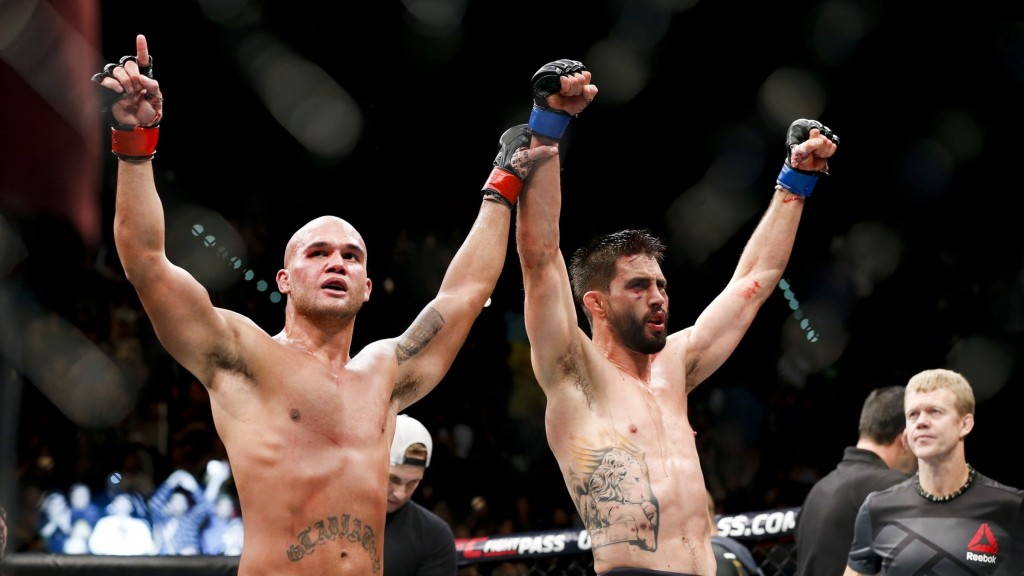
Without gaining new skills or shoring up old weaknesses, Carlos Condit put together a fantastic game plan and won at least three rounds (I honestly had four) against Robbie Lawler and took the decision in many people’s eyes. As many of the Twitter reactions from fellow UFC fighters show, this incredible fight is being marred by really questionable judging.
Two judges gave Robbie Lawler 3 out of the 5 rounds, and I am frankly baffled. Carlos Condit out struck Robbie Lawler 114 to 39. I mean, he landed more significant strikes than Robbie Lawler even threw.
The ONLY argument that could possibly justify that score is the nebulous “effective striking” wherein judges subjectively evaluate and judge some strikes superior to others. But when a fighter has out struck his opponent by a factor three, you better have a damn good idea of what “effective striking” really is.
If we are to take the term literally, Condit was still the more “effective” striker.
In the first four rounds, Condit’s strikes clearly took a bigger toll on Lawler; he had drawn blood, he had starched him several times with combinations and by the fourth round Lawler’s mobility and gas tank were noticeably weakened. Dismissing the power of the individual strikes is disingenuous when the cumulative effect of them was obvious.
Let’s say we limit the definition of an effective strike to the strike itself. For example, an uppercut/hook would rank higher than a cross which ranks higher than a jab. But that definition causes problems.
For example, Robbie Lawler is clearly the harder hitter. But the damage he did for the first four rounds was mitigated by the fact that it takes 4-7 day ground shipping Condit’s jaw to tell his brain that he’s getting hurt. Can a fighter hit two separate opponents with the exact same strike with the same power, depth and angle but have its “effectiveness” judged in different ways?
The answer should be yes. In fact we’ve seen this before in the Diego Sanchez vs. Martin Kampmann fight. Sanchez threw heavier shots but he was the one getting lit up by crisp jabs and straights from Kampmann. And as I recall, the vast majority of viewers and media thought the decision win from Sanchez was regarded with extreme skepticism.
I also want to bring up an interesting point made by Cole Miller after his bout with Nam Phan. Miller had fought a good fight and dropped a split decision to the always tough Phan who closed the distance on several occasions and smash him with hard punches. Or it seemed.
Miller is an enormous featherweight standing at a towering 6’ 1”. Miller made the argument that because he stood tall and was so lanky, he’d sway when hit with punches even if they weren’t that damaging; it’s his body’s natural way of absorbing shock. As a result the “effectiveness” of striking was given to Phan even if they technically were trading even. I don’t hold MMA judges in high regard to begin with, so I think Miller makes a solid case.
Condit has shown repeatedly that he absorbs shots by letting his neck and back snap in the same direction. It is a big reason why he’s so damn hard to hurt in the center of the octagon but for a newcomer to the sport it’s easy to see why it looks like Condit is “getting lit up”.
As for the knockdown in the second round for Lawler, we have to really figure out how much a knockdown is worth.
It was inconsequential in terms of damage, being more a product of Condit being perpetually off balance and Robbie hitting like a soon to be ex-wife with incriminating email evidence. Lawler managed to throw a couple strikes before Condit wrapped him up and the champion decided to take the fight back to the feet. Condit still out struck him by round’s end.
If the argument is that Lawler’s strike was more effective because of the clear result produced (knockdown) then fine. But that same criteria applied across the fight ends up giving Condit three rounds.
Let’s say an “effective strike” is one measured by the amount of damage it deals. Even then, Condit comes out on top because of the aforementioned cumulative effects of his strikes.
And furthermore when we decide what an effective strike is we have to keep it consistent across the UFC. Jon Jones cannot somehow win two out of the first three rounds against Alexander Gustafsson with volume striking but Carlos Condit gets penalized for the same thing. As Jack Slack pointed out, this type of inconsistency disproportionately penalizes strikers like Michael Bisping.
As for the people who talk about the “champion’s advantage”, that’s really stupid.
That’s the lazy way of saying s**t happens.
There is no champion’s advantage, and I mean that sincerely. A fight is broken down with statistics over the course of three to five rounds. A judge cannot compensate for unsureness by going, “well, he/she is the champion so they get the round I guess”. A man put his health on the line for five rounds and statistically won a fight against an unbelievably dangerous champion with a near flawless game plan.
So the next time this kind of decision happens, we need to put the judges on a panel and ask them what exactly “effective striking” is.
(I also profusely apologize if the quality of this article is not up to par with my usual work. Between preparing to head back to graduate school and the technical issues of WordPress I had to cut a few corners.)








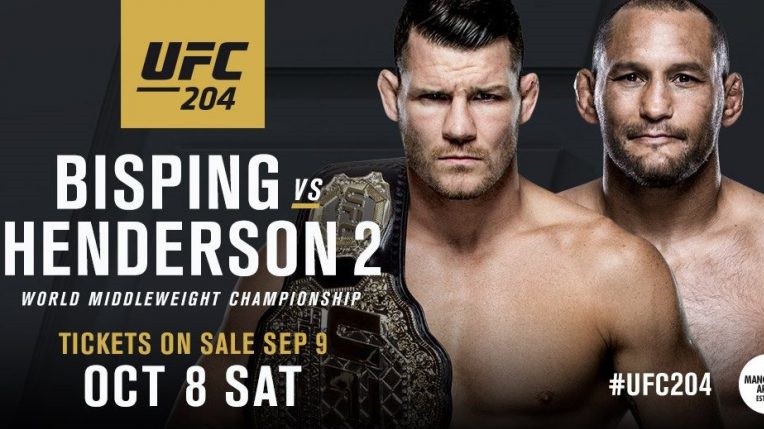
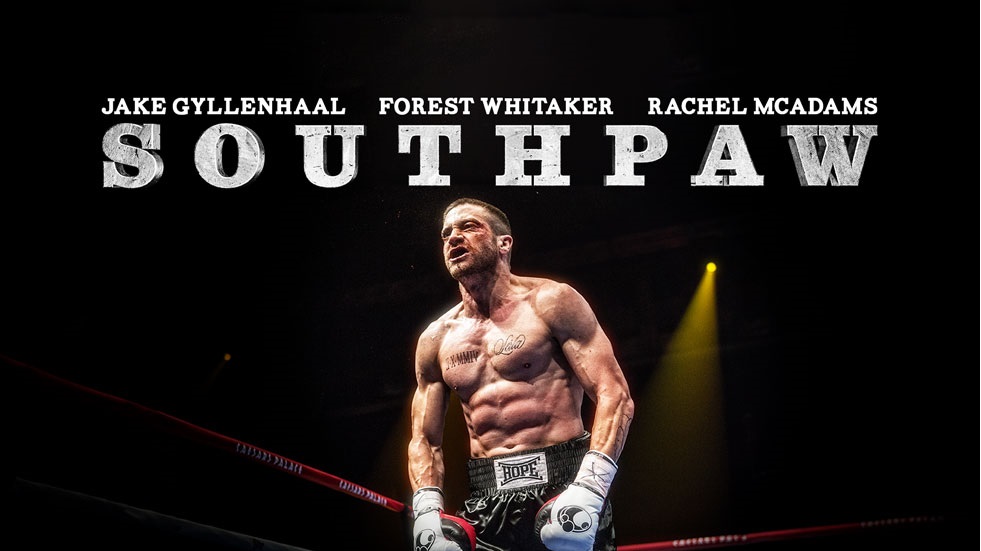
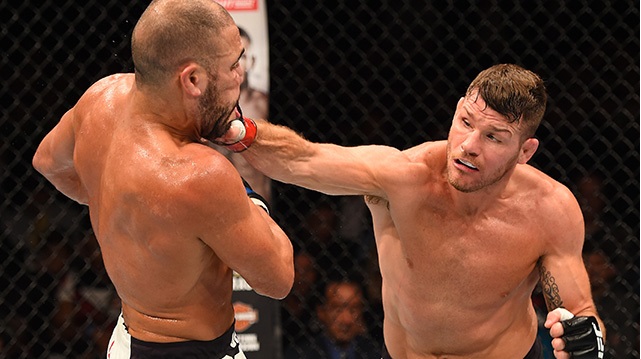
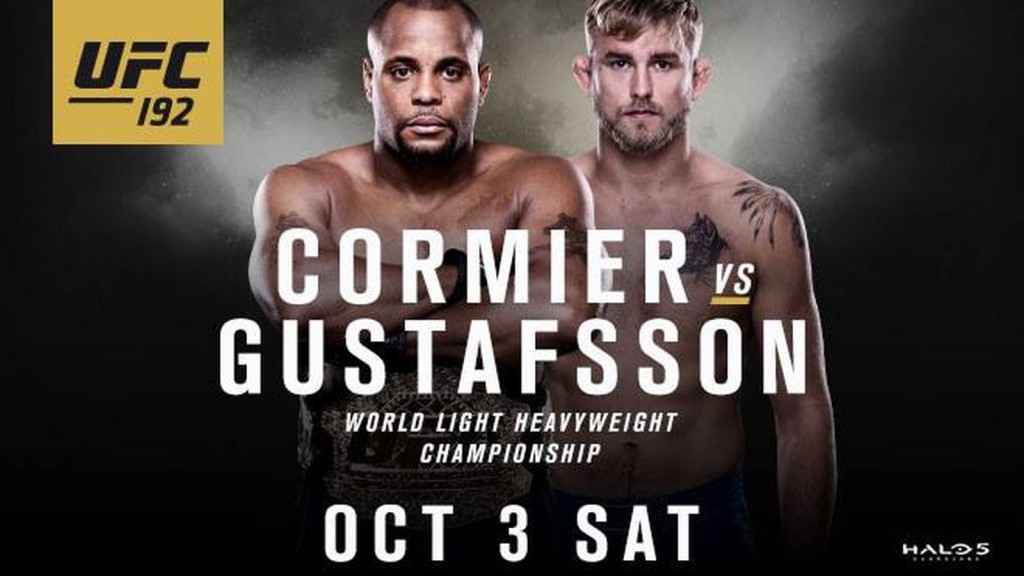
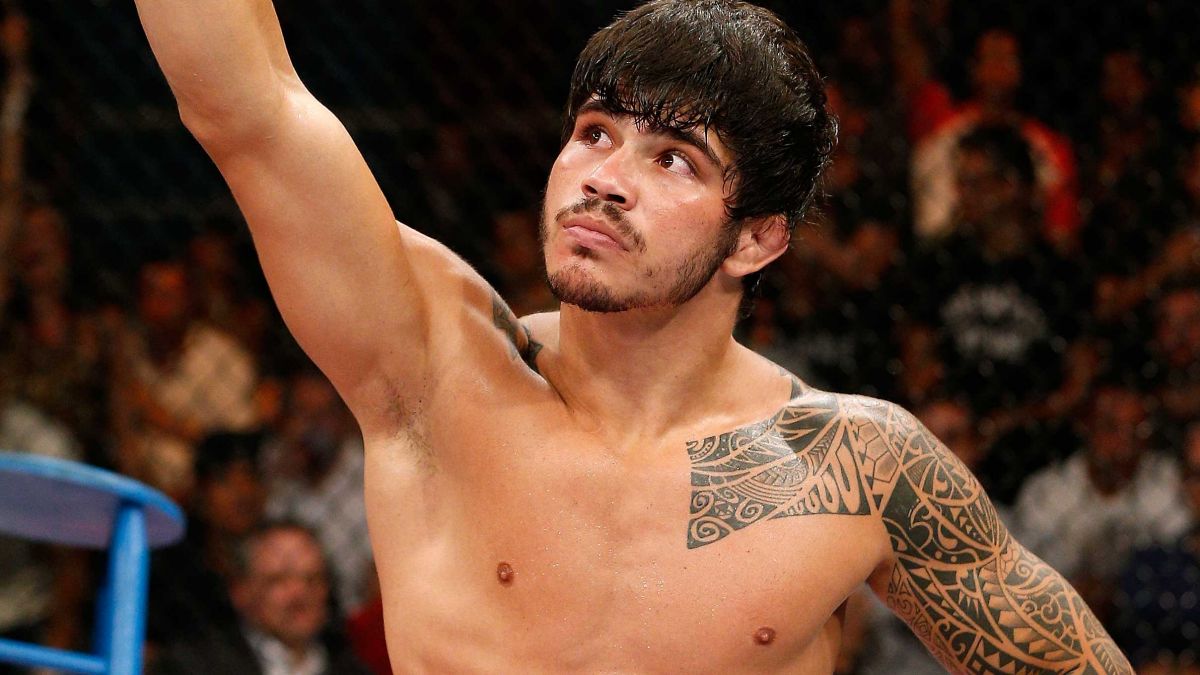
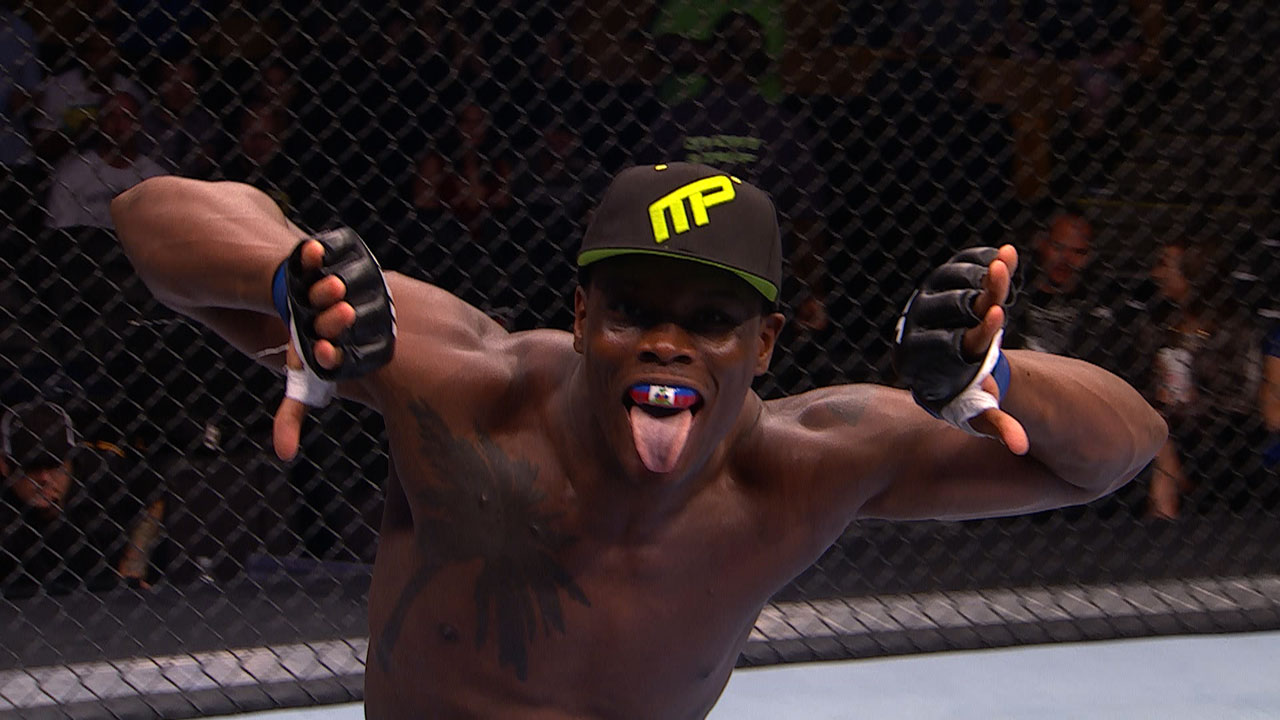
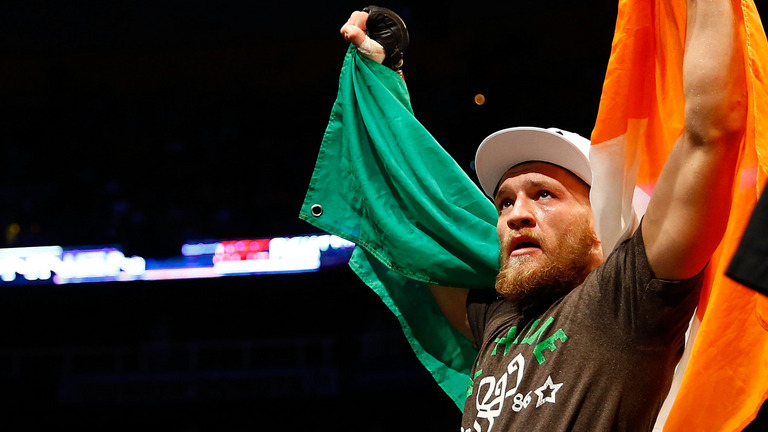
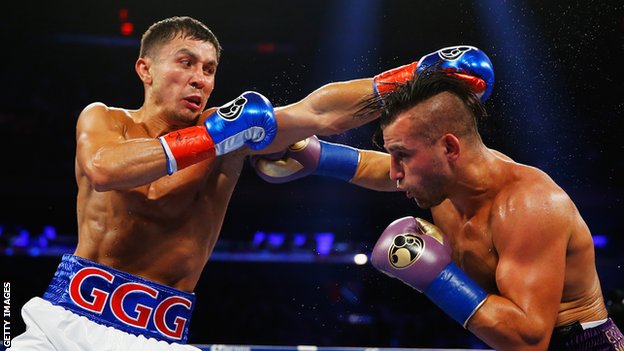
There are 1 comments. Add yours